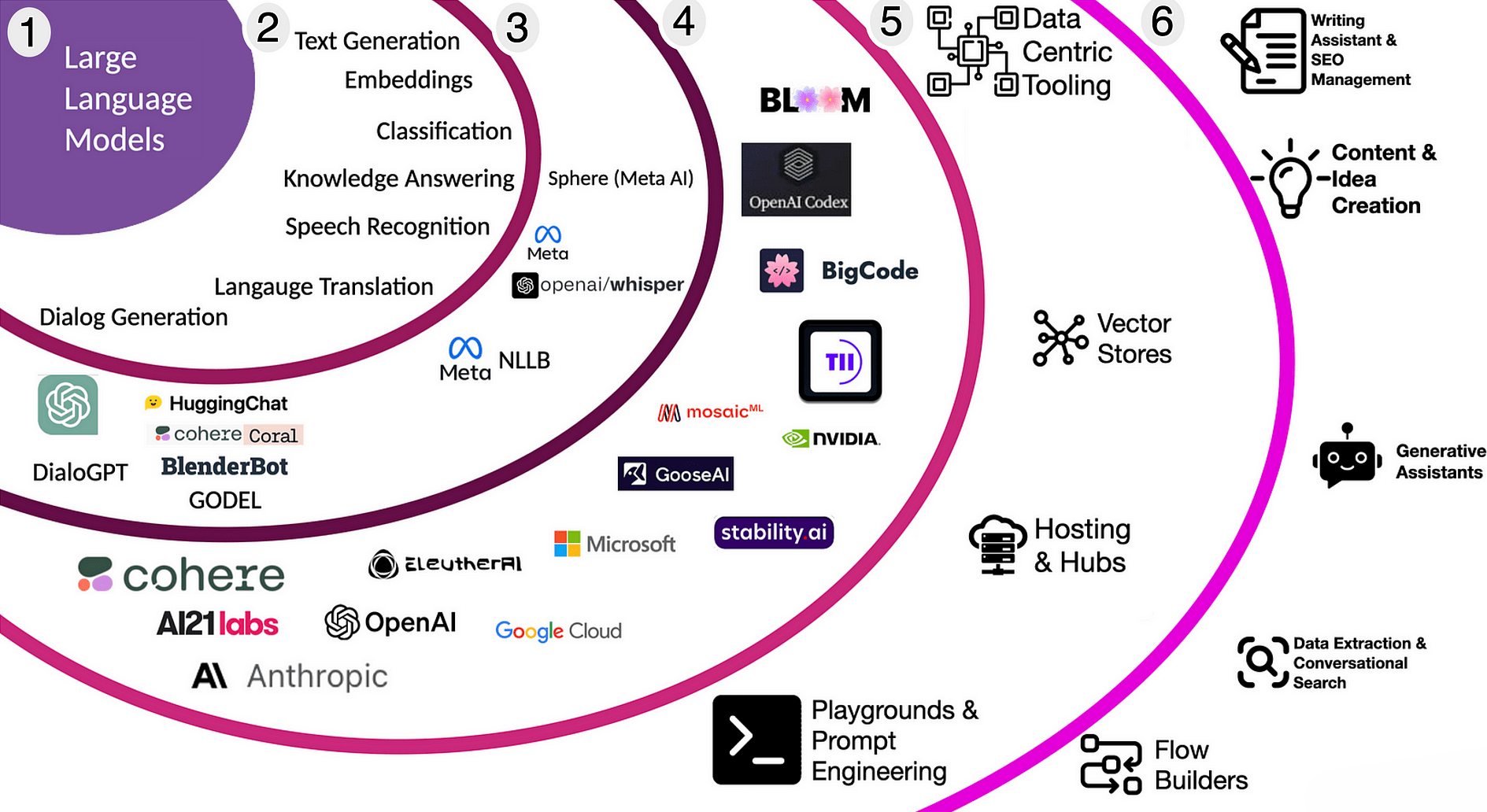Large language models (LLMs) have become a revolutionary force in artificial intelligence, revolutionizing our interaction with technology. From enhancing customer experiences to streamlining intricate processes, their applications extend across numerous industries, showcasing their versatility and impact. This article explores the latest trends in Large Language Model technology, including their advancements, applications, and the future direction of this exciting field.
The Rise of the Transformer Architecture
The foundation of modern LLMs lies in the transformer architect, introduced by Vaswani et al. in 2017. This architecture revolutionized natural language processing (NLP) by enabling models to understand context through self-attention mechanisms. Unlike previous models that struggled with long-range dependencies, transformers can capture intricate relationships within text, making them exceptionally powerful for language understanding tasks.
Pre-Training and Fine-Tuning Paradigm
The pre-training and fine-tuning of large language models (LLMs) is a big trend in their development. In the beginning, models are pre-trained on large datasets to learn grammar, facts, and some level of reasoning. After that, they are fine-tuned on specific tasks or domains to improve their performance. This two-step process enables LLMs to generalize effectively while also being adaptable to specialized needs, such as medical diagnosis or legal document analysis.
Scale and Performance
One of the main trends in the field is the growing size of LLMs. Models such as OpenAI's GPT-4 and Google's BERT have billions of parameters, which allow them to produce text similar to human language and execute intricate tasks with remarkable precision. The performance of these models is directly related to their size; generally, larger models offer superior language comprehension and generation capabilities. Nevertheless, this also poses challenges to computational resources and environmental impact.
Zero-Shot and Few-Shot Learning
The recent development in LLM technology is the capability to perform zero-shot and few-shot learning. Previously, models needed large amounts of labeled data for training. However, modern LLMs can produce impressive results with little or no task-specific data. For example, GPT-4 can generate coherent text based on a brief prompt, showcasing its ability for few-shot learning. This capability significantly reduces the need for extensive labeled datasets, making AI more accessible and cost-effective.
Multimodal Models
Discover the integration of diverse data formats like text, images, and audio to revolutionize our interaction with information. Stay ahead with insights into these cutting-edge trends shaping the future of data-driven communication. Multimodal models can understand and generate content across different formats, making them more versatile. For instance, Open-AI & DALL-E can create images from textual descriptions, while models like CLIP can understand and classify images based on text. This multimodal approach paves the way for new creative applications such as content creation and virtual reality.

Large Language Model
Ethical and Responsible AI
As language models (LLMs) become more powerful, ethical considerations are increasingly important. Bias, misinformation, and misuse of AI are critical challenges that researchers and developers must address. Efforts to create fair and transparent models, implement robust content moderation, and ensure accountability in AI systems. Organizations such as OpenAI and Google are investing in ethical AI research to mitigate potential risks and promote responsible AI usage.
Real-Time Applications
Real-time applications of Large Language Models (LLMs) are becoming increasingly popular. Chatbots, virtual assistants, and automated customer service systems are advancing, enabling them to offer immediate and precise responses. These real-time systems utilize the capabilities of LLMs to comprehend user intent, produce pertinent answers, and gain insights from interactions. Consequently, businesses can enhance customer experiences, increase efficiency, and lower operational costs.
Personalization and Adaptation
Personalization is a significant trend in LLM technology. Modern models can personalize responses based on user preferences and history, resulting in a more customized experience. That is especially valuable in applications such as recommendation systems, personalized learning, and targeted marketing. LLMs use user data and context to provide content and services tailored to individual needs and preferences.
Open Source and Collaborative Development
The open-source movement is crucial for advancing LLM technology. Platforms like Hugging Face provide access to a wide range of pre-trained models, which fosters collaboration and innovation within the AI community. Researchers and developers can fine-tune these models for specific applications, contributing to a shared pool of knowledge and resources. This collaborative approach accelerates the development of new techniques and solutions, making cutting-edge AI more accessible to all.
Future Prospects and Challenges
LLM (large language model) technology holds promise but also presents challenges. Continual advancements in hardware and algorithms are poised to bring about even more powerful and reliable models in the future. However, important issues such as data privacy, security, and the ethical use of AI will continue to be a focus. Responsible and transparent use of LLMs is essential to maximize their potential while upholding societal values.
Conclusion
Large language models are at the forefront of AI innovation, driving significant progress across various fields. The transformative potential of transformer architecture and the increasing emphasis on ethical AI underline the dynamic nature of LLM technology. As we progress, the ongoing development of LLMs holds the promise of uncovering new possibilities, shaping the future of human-AI interaction, and transforming the digital landscape.

Dot Labs is a leading IT outsourcing firm renowned for its comprehensive services, including cutting-edge software development, meticulous quality assurance, and insightful data analytics. Our team of skilled professionals delivers exceptional nearshoring solutions to companies worldwide, ensuring significant cost savings while maintaining seamless communication and collaboration. Discover the Dot Labs advantage today!
Visit our website: www.dotlabs.ai, for more information on how Dot Labs can help your business with its IT outsourcing needs.
For more informative Blogs on the latest technologies and trends click here



